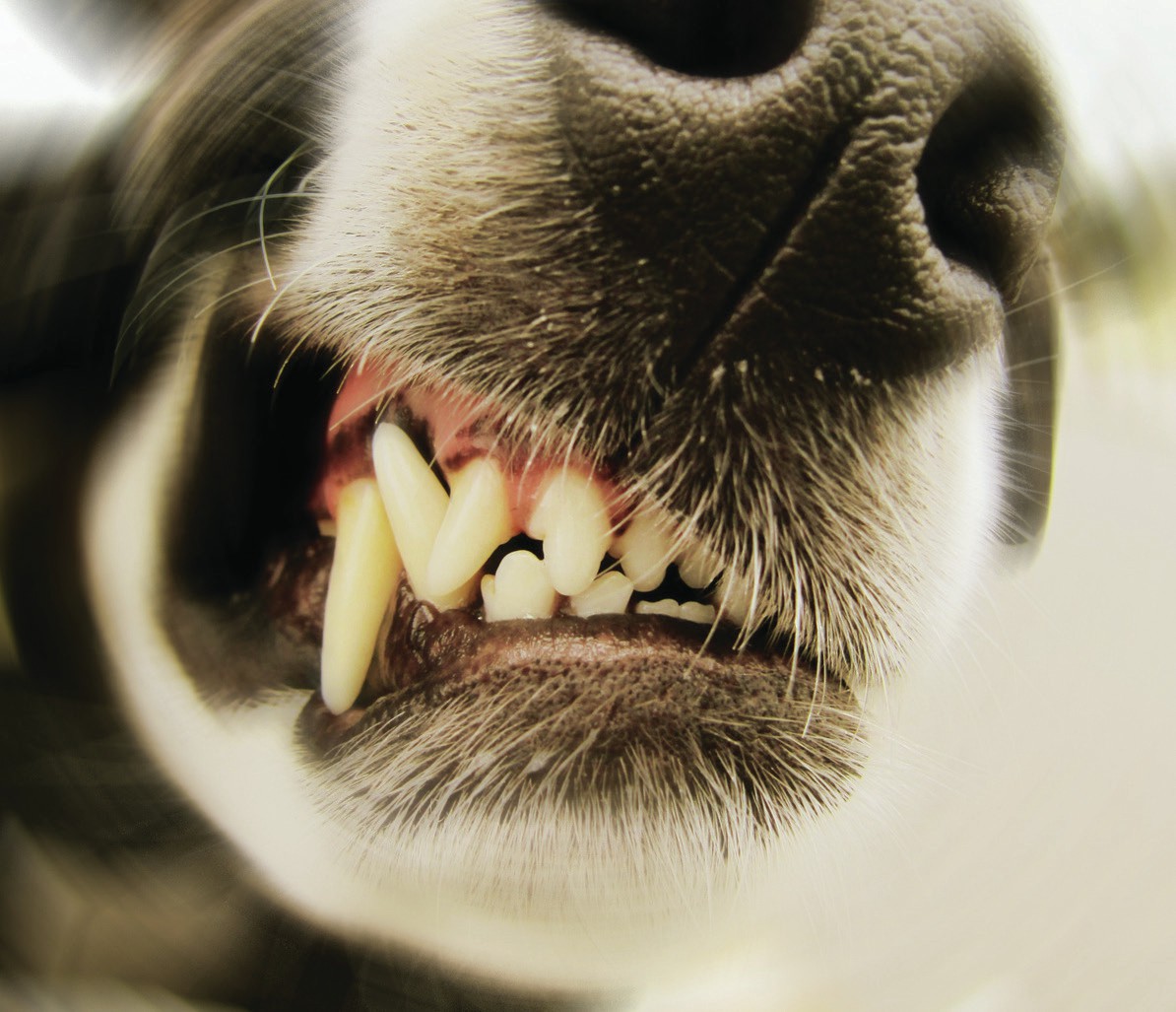
Section 1 of the Dangerous Dogs Act 1991 (DDA) prohibits the keeping of dogs bred for fighting. These dogs cannot be lawfully bred, sold, exchanged, given as a gift or abandoned. If any prohibited dog is in a public place it must be muzzled and on a lead. Section 10(2) of the DDA defines a public place as meaning ‘any street, road or other place (whether or not enclosed) to which the public have or are permitted to have access whether for payment or otherwise and includes the common parts of a building containing two or more separate dwellings’.
The most widely used part of the DDA is section 3. This makes it a criminal offence for the owner, or whoever is in charge of the dog at the time of the offence, to have a dog of any breed dangerously out of control in a public place or a non-public place in which it is not permitted to be.
Your organisation does not have access to this article.
Sign up today to give your students the edge they need to achieve their best grades with subject expertise
Subscribe




